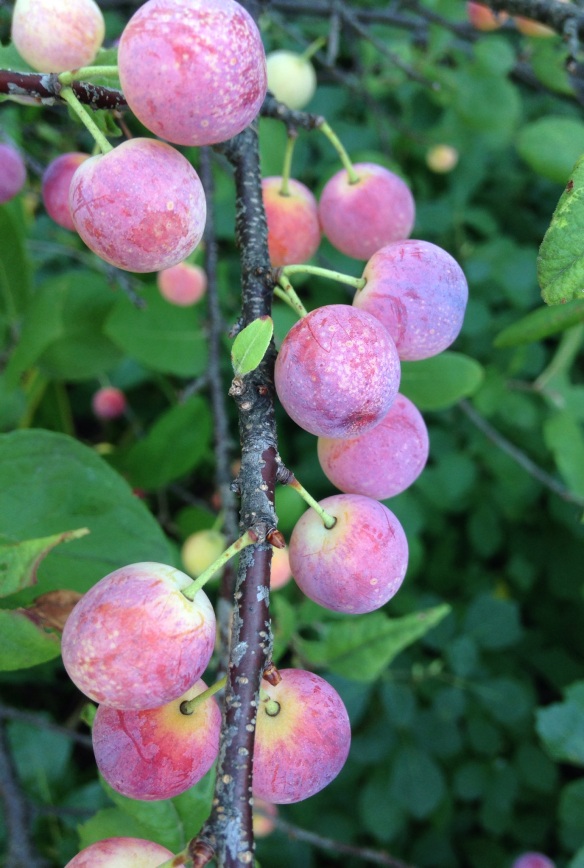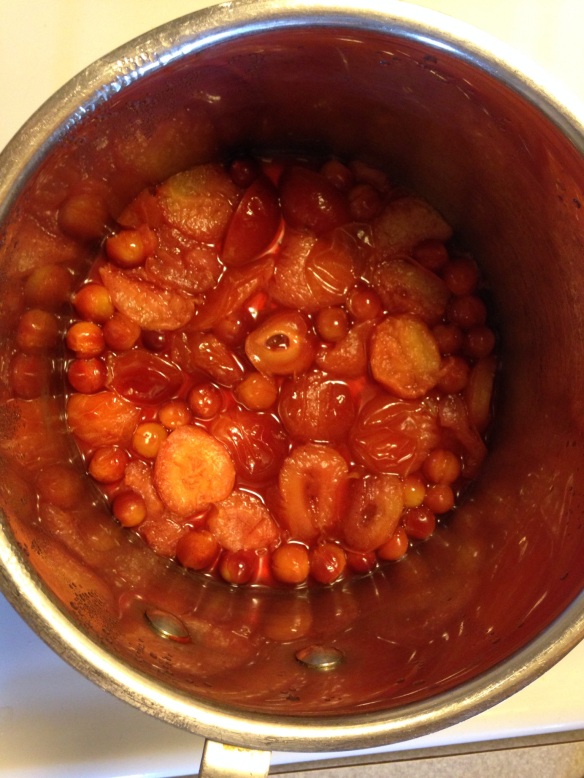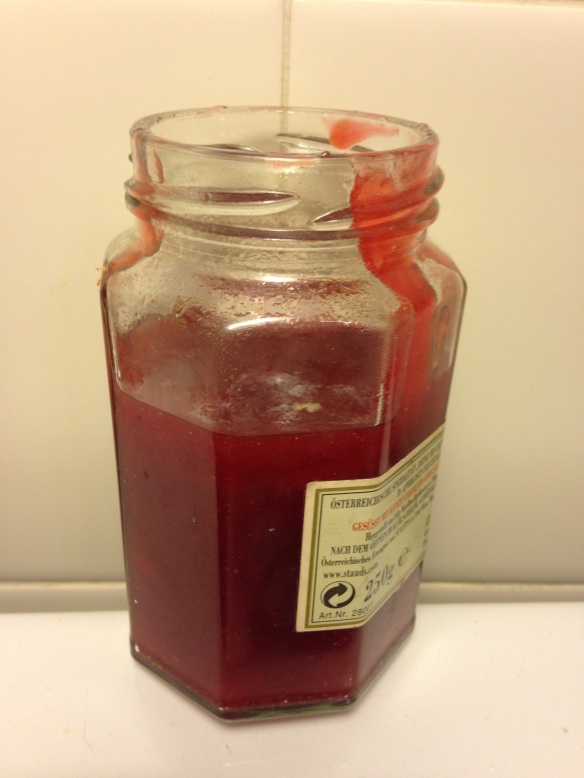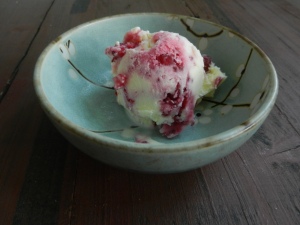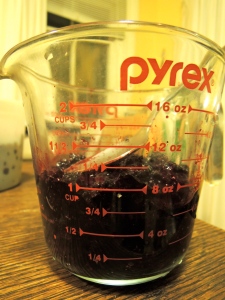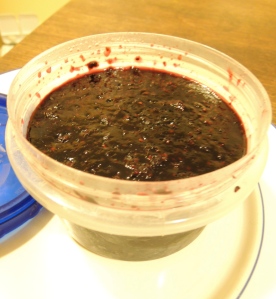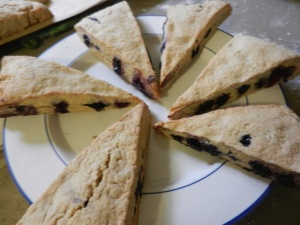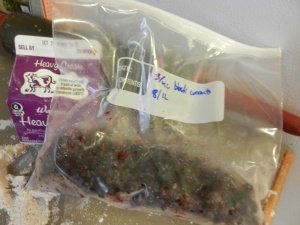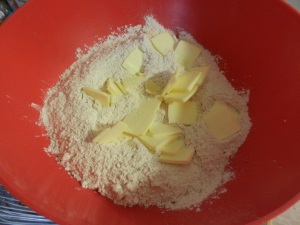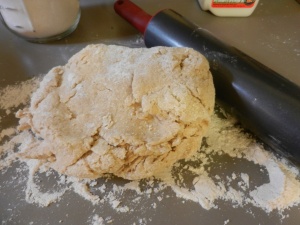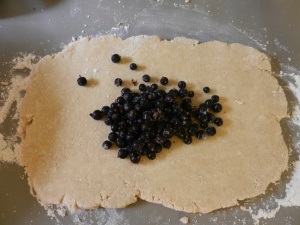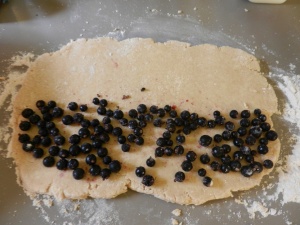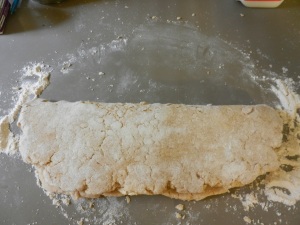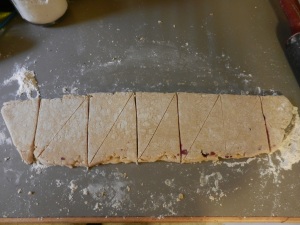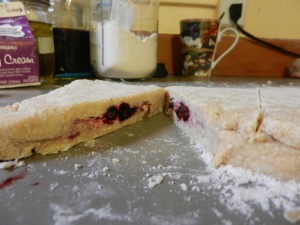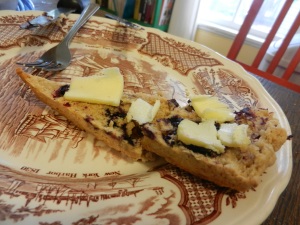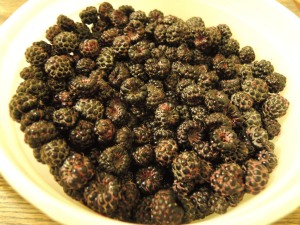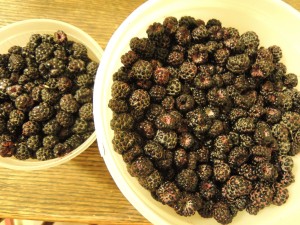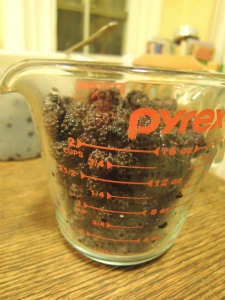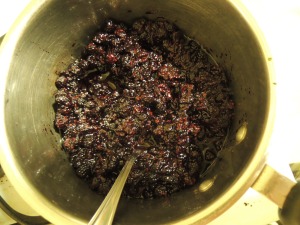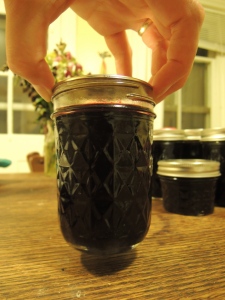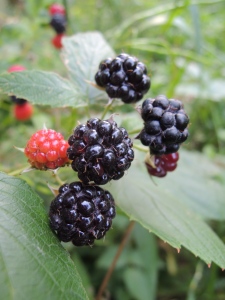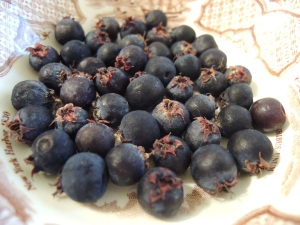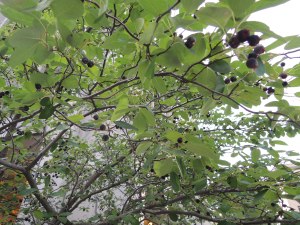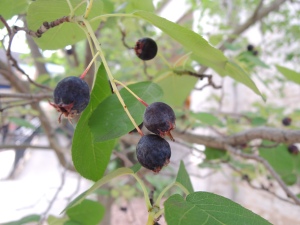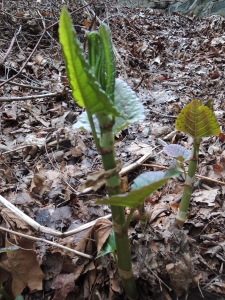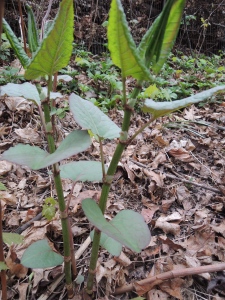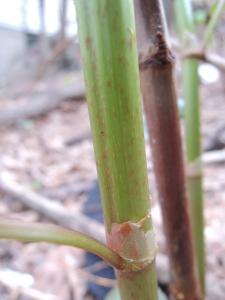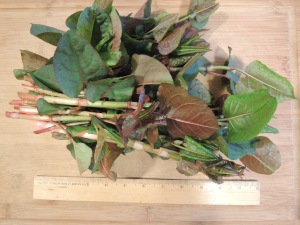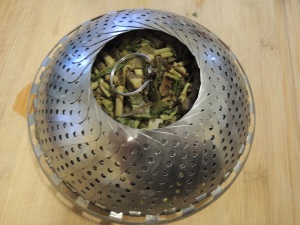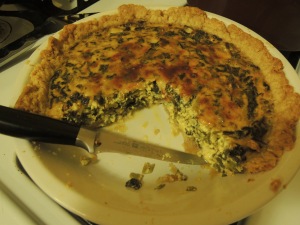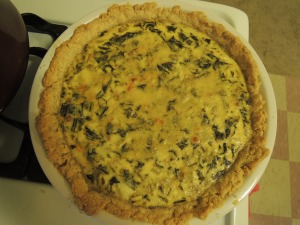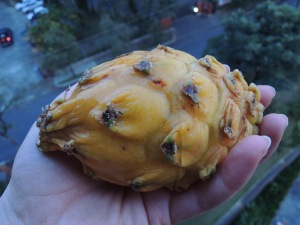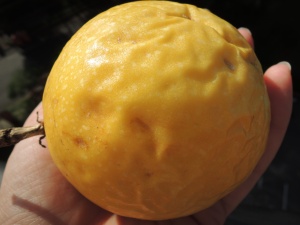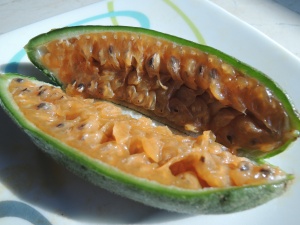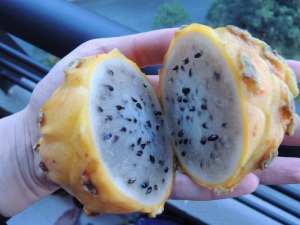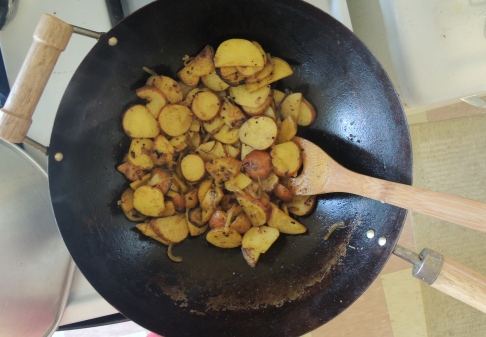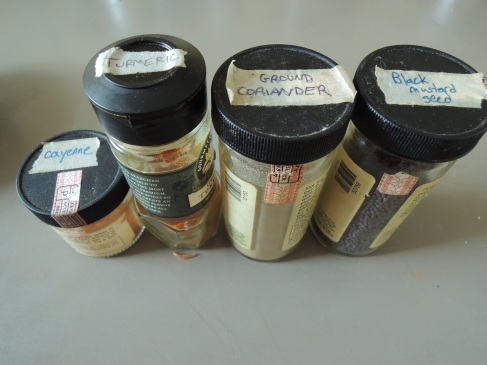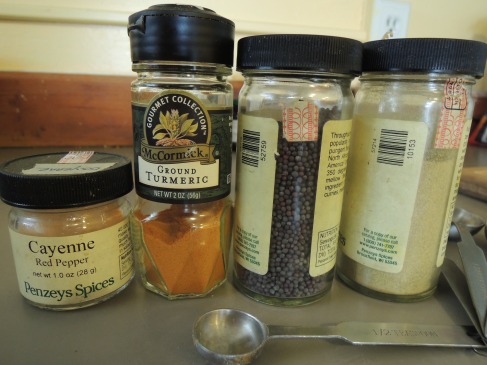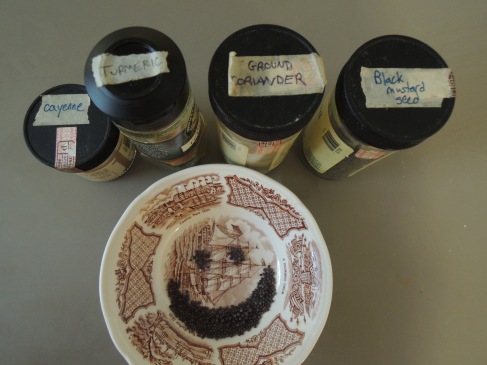These breakfast cookies are the standard food I bring for new parents. They can be eaten one-handed while breastfeeding or holding a baby. They’re fast food but include protein, fruits, and vegetables (well, one vegetable). Also they are cookies. And they come with the stamp of approval from my friend’s then-three-year-old daughter Daisy.
INGREDIENTS:
1 1/4 cups all-purpose flour
¾ oats
1 teaspoon baking powder
½ teaspoon salt
½ cup crystalized ginger, finely chopped or blended
Pinch spices (cloves, cinnamon, nutmeg or similar)
¾ cup (1½ sticks) unsalted butter, at room temperature
1/3 cup light brown sugar
1 egg
½ teaspoon vanilla extract
1 banana
1 1/2 cup shredded carrots (about 5, peeled and trimmed)
1 cup unsweetened shredded coconut
1 1/2 cup raisins (soak overnight, or microwave with water for 2 minutes and let sit half an hour. Just barely cover with water and allow as much to soak in as possible; if there’s excess water, save and add to the dough if it’s too dry)
2/3 cup coarsely chopped walnuts (or whatever nut you like–pecans are also good)
1 1/2 cup ground up almonds (or whatever nut you like)
DIRECTIONS:
1. Soak the raisins (see ingredient list).
2. Preheat the oven to 375 degrees F. Line two baking sheets with parchment paper or silicone baking mats.
3. Whisk together the flour, oats, baking powder, salt, ginger and nutmeg.
4. With a stand or hand mixer, beat the butter on medium speed until creamy and smooth. Add the sugar and beat until light and fluffy, about 2 minutes, then add the egg and beat for another minute. Reduce the mixer speed to low and beat in the vanilla and banana.
5. Continuing on low speed, add the flour mixture in 2 or 3 batches and beat only until they just disappear into the mix. The dough will be very thick, but don’t overbeat.
6. Using a rubber spatula, mix in the carrots, coconut, raisins and pecans.
7. Spoon about three heaping tablespoonfuls of dough (or use a large cookie scoop) at a time onto the prepared baking sheets, leaving about an inch of space between them. Using your fingers, ever so slightly flatten the tops of the cookies.
8. Bake for 16 to 18 minutes, rotating the sheets from top to bottom and front to back at the midway point. The cookies should be light brown and only just firm on top. Carefully transfer the cookies to racks to cool to room temperature. Store in an airtight container at room temperature.
